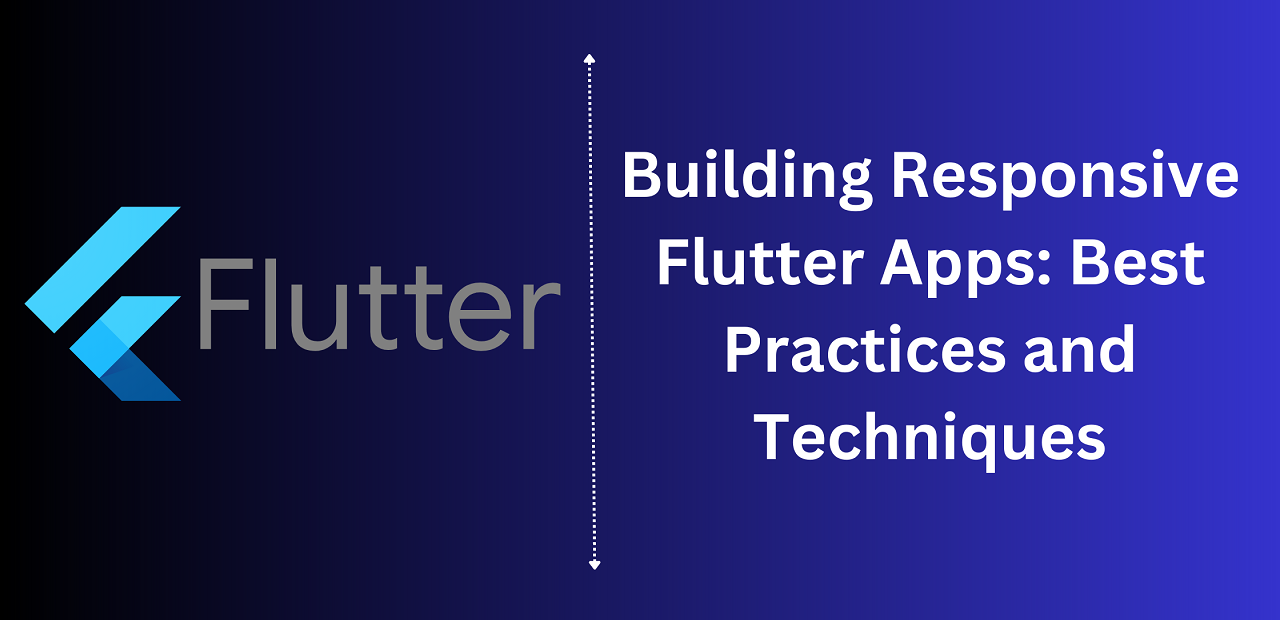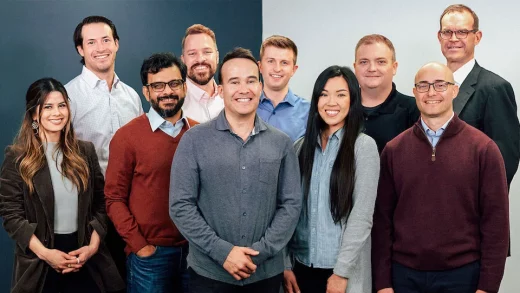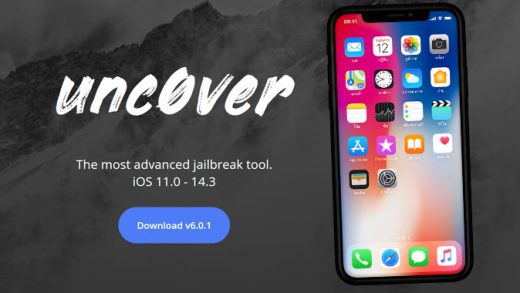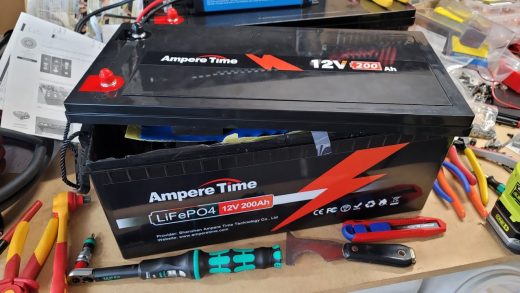Building Responsive Flutter Apps: Best Practices and Techniques
Designing is an important part of any mobile app. But when it comes to creating the same design for different platforms then you may find some problems, as there would be different screen sizes and many other different things. Here comes Flutter to provide you with a responsive app. To know the practices and techniques to build a responsive Flutter app, have a quick glance at the below write-up, where we being a reliable Flutter mobile app development company have shared some important things to build a responsive app.
How to Create a Responsive Flutter Mobile App?
Here we are going to unlock the process of building a responsive design Flutter app that adapts seamlessly to several screen sizes as well as orientations. Though, one of the basic and easiest way to get the responsive app is you can hire dedicated flutter developers from a reliable Flutter mobile app development company. In this blog, we are going to explore the techniques, practices, as well as code snippets that enable you to develop responsive layouts & UIs. Know how to utilize responsive widgets, media queries, and flexible layouts of Flutter to make sure a consistent as well as optimized experience across different devices. Whether you are targeting mobile phones, desktops, or tablets. In this blog, we will guide you through the entire process of building responsive designs in Flutter. According to the Flutter app development service provider, by mastering the responsive design process, you will get more engagement with the target audience and boost user experience.
What’s the importance of responsiveness in the Flutter app?
A Flutter mobile app can be easily run on any tablet, mobile device, or TV screen. Nowadays, smartphones have a number of screen sizes & resolutions, and mobile applications must cater to all such screen sizes. Not merely this; mobile users can simply rotate their mobile, and the mobile apps will adjust to landscape or portrait modes, as per requirement. Catering to plenty of user needs isn’t an easy task, so the mobile applications must be Responsive enough to meet all such requirements & make sure a seamless UX.
Examples of Flutter Responsive App
These are a few of the responsive web applications made utilizing Flutter that is widely utilized in the market are:
- Google Ads– It’s an app that lets you manage Google ad campaigns directly from mobile devices.
- Reflectly– It’s an AI-powered personal journaling app that assists users in coping with daily stress & -ve thoughts by combining cognitive behavioral therapy & +ve psychology.
- Lunching– This one is an app that makes it quite easy to order as well as deliver food. This one is one of the most popular food delivery mobile applications running nowadays.
- Watermaniac– It’s a water-monitoring mobile app that utilizes the Flutter framework. It helps consumers in keeping an eye on their daily water consumption.
- Cryptograph– This Flutter mobile application built by a leading flutter mobile app development company that assists in monitoring & tracking the latest updates on up to sixteen thousand global cryptocurrencies like Bitcoin, Ripple, Ethereum, etc.
What are the goals of Responsive Design:
- Wider audience. The amount of audience gets wider, as the maximum number of devices an app can be run on.
- Lead users to the purchase.Undoubtedly, there should be an emotional component pushing individuals to move fundamentally on the user path.
- Brand awareness.An eye-catchy design makes your brand easy to recognize among other competitors.
- Enhanced SEO.Responsive web design improves SEO through stronger backlinks & better bounce rates.
- Boost browsing experience both online and offline. The 1st impression is the last impression, freeing your valuable users from zooming & pinching their screens.
Responsive design is one of the easiest ways to reach valuable users across multiple devices as well as make a smooth user experience.
During the process of app development, we being a flutter app development service provide utilize the rule, named “let the mobile version go first”. Being a convenient approach as it is always easier to adjust the entire design of an app created for mobile devices to a big screen. In short, it can turn a simple thing into a complex thing. The reverse process is quite complicated.
Building Responsive Flutter Apps: Best Practices and Techniques
Mobile app developers and designers love magic, however, the execution process isn’t as easy in actual life as we want it to be. If your developer has decided to utilize Flutter, your app designers will forget the “it is very impossible” phrase for good.
Flutter provides several widgets & classes to ease the implementation of the ideas of application designers may have, just to achieve a responsive User Interface. It is an app developer’s choice how exactly to implement them in the mobile app. A few of them are:
MediaQuery
You can utilize MediaQuery to get the real-time window size. It suggests both the size & orientation of the mobile application. The MediaQuery widget is handy if you are willing to make a good decision based on the complete context instead of merely on the size of the particular widget.
Utilize the LayoutBuilder Class
This class is MediaQuery’s simplified version, created for basic size requests. It’s a widget that gives the dimensions of its parent so that you know how much space you have for the widget & be able to create child components accordingly.
Utilization of OrientationBuilder Class
The OrientationBuilder widget is very much like LayoutBuilder. You get the Orientation object, from its builder property. Instance: utilize the OrientationBuilder to alter the number of columns of GridView.
Utilzie the FittedBox Class
Often, you’ve to scale the text depending on the size of the parent widget. Either, you can utilize a particular fixed value for several platforms or can allow the scale of widget regarding the size of parent widget.
The text is resized suitably. Generally, you can utilize other kinds of BoxFit. You can see the behavior of each of them in the image below:
Utilize the AspectRatio Widget
Accroding to the Flutter mobile app development service provider, while building a mobile app, you can neglect its size, you must have a take into consideration the aspect ratio. Regardless of the device’s size, it can be either thin, wide, or square.
Utilize the Flexible & Expanded Classes
Flexible & Expanded are 2 widgets that you can utilize inside Row, Column, or Flex to provide the flexibility for their children to expand to fill the available space. The main difference in these classes is that the Expanded widget needs the child to simply fill the available space while the other class doesn’t. You might be willing to utilize Flexible & Expanded widgets to get a flexible Flutter responsive User Interface that works with percentages instead of hardcoded values.
Utilize FractionallySizedBox Widgets
Wrap the children you are willing to be sized with FractionallySizedBox. Provide it with a particular height and/or width factor (0.8 of the available size) and utilize alignment to control where exactly the fractionally sized widget is supposed to be. Also, you can utilize FractionallySizedBox with not a single child for fractionally sized whitespace.
CustomMultiChildLayout
Hire dedicated Flutter developer, that can help you to build a responsive app. This widget is complex one for Flutter responsive design built for advanced layout users.
Conclusion
Visually appealing, user-friendly & consistent design should be responsive no matter what device you are using. Organizations whose websites do not cater to the requirements of smartphone users are becoming extinct. The primary pro of responsive design is that websites load fast as well as without any distortion which implies a better online & offline browsing experience.
For industries, responsive apps offer much better versatility at lower mobile app development & maintenance costs, bring higher search rankings, & greatly simplify the app monitoring process.













